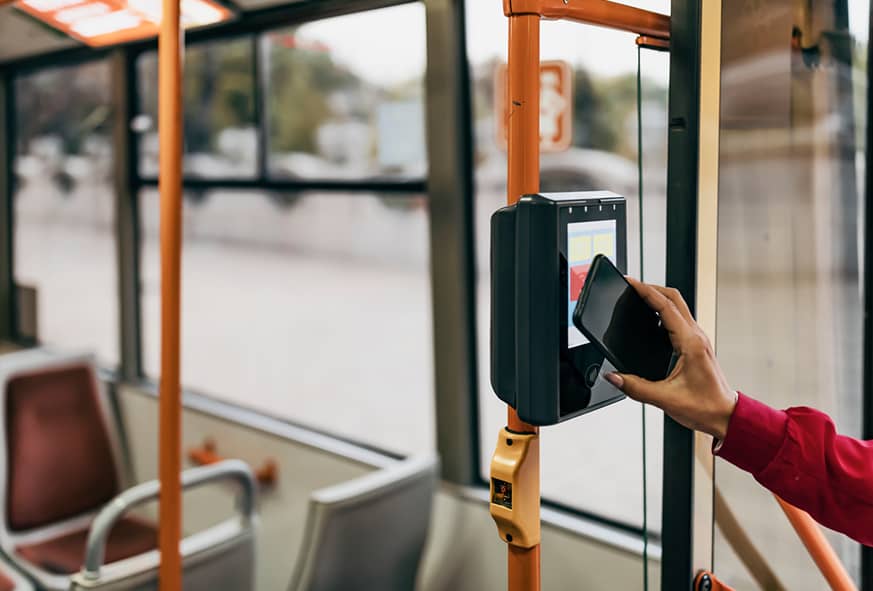In an era of rapid technological advancement, where innovation knows no bounds, smartphones have emerged as the quintessential tools that bridge the gap between human experiences and the digital realm. From the early days of 2G to the lightning-fast speeds of 4G, and now onto the transformative potential of 5G and beyond, these pocket-sized powerhouses have shaped our lives in unimaginable ways.
As we hover on the edge of an imminent revolution in connectivity, let’s delve into the realm of next-gen smartphone networks and unearth how they are reshaping industries, propelling us into a realm of limitless possibilities for the future.
The Evolution of Smartphone Connectivity
The journey of smartphones began with humble beginnings, offering rudimentary voice communication over 2G networks. Gradually, these devices evolved, incorporating 3G technology that allowed for basic internet browsing. With the advent of 4G, the landscape transformed, ushering in the era of high-speed data, video streaming, and mobile applications that revolutionized the way we communicate and consume content. This evolution served as a precursor to the seismic shift that 5G promised to bring.
The transition from 4G to 5G was not just about speed; it was about creating an ecosystem of connectivity that would redefine the boundaries of what smartphones could achieve. The key differentiators of 5G – ultra-low latency, massive device connectivity, and blazing-fast speeds – opened the door to a new realm of possibilities. Imagine controlling drones from thousands of miles away with minimal delay or experiencing augmented reality that seamlessly merges with the real world. These were no longer dreams but within reach, thanks to the transformative power of 5G.
5G’s Role in Industry Transformation
As 5G technology took center stage, it became clear that this wasn’t just an incremental upgrade; it was a catalyst for industry-wide transformation. The transformative impact of 5G on smartphones and industries is nothing short of remarkable.
In the realm of healthcare, the convergence of 5G and smartphones is poised to revolutionize patient care. Imagine a scenario where a surgeon in one part of the world operates on a patient in another, with real-time haptic feedback and millisecond precision. This level of connectivity and control has the potential to redefine the concept of remote medical procedures.
Manufacturing is another sector where 5G is leaving an indelible mark. The concept of “smart factories” is no longer a distant dream but a reality being powered by next-gen connectivity. Machines equipped with sensors communicate seamlessly with each other and with human operators, optimizing production processes, predicting maintenance needs, and reducing downtime. The result? Increased efficiency, reduced costs, and a manufacturing landscape that’s more agile than ever before.
Industries Leveraging Next-Gen Smartphone Tech
The transformative potential of next-gen smartphone technology isn’t limited to just healthcare and manufacturing. The transportation sector is also poised for a monumental shift. Picture this: fleets of autonomous vehicles navigating complex urban environments with a level of coordination and safety that’s unparalleled. This is not science fiction; this is the promise of 5G-powered connectivity, where vehicles communicate with each other, traffic lights, and even pedestrians in real time.
The entertainment industry, too, stands to gain significantly from next-gen smartphone tech. The lines between the virtual and real worlds are blurring, thanks to augmented reality experiences that are set to become mainstream. Imagine attending a live concert from the comfort of your living room, with holographic projections of your favorite artists performing right before your eyes. It’s an immersive experience that’s made possible by the low latency and high bandwidth of next-gen networks.
Beyond 5G Advancements and Implications
While 5G is already revolutionizing industries, the horizon promises even more exciting developments. Beyond 5G, we are on the brink of a new era characterized by unprecedented speed, reliability, and connectivity. Termed as “6G” or “next-gen plus,” this technology aims to break down the barriers between humans, machines, and the digital realm.
One of the most intriguing aspects of beyond-5G connectivity is the potential for neural interfaces. Imagine controlling your smartphone, not with taps and swipes, but with your thoughts. This level of direct interaction between the human brain and digital devices opens up possibilities that were once confined to the realm of science fiction.
In the world of business and industry, beyond-5G connectivity could usher in an era of unprecedented automation and efficiency. Imagine factories where machines communicate and make decisions autonomously, adapting to changing conditions in real time. This level of adaptability has the potential to revolutionize supply chains, reduce waste, and make industries more agile and responsive than ever before.
In conclusion, smartphones have become the linchpin of next-gen connectivity, propelling us into a future where the impossible becomes routine. The transformative impact of 5G and beyond is evident not only in the realm of communication but also in the way industries operate and innovate.
As we stand at this technological crossroads, it’s imperative to embrace the possibilities that these advancements bring forth. The smartphones in our hands are no longer just communication tools; they are the conduits through which the future flows, and the industries of tomorrow are being built today. So, let’s strap in and embark on this exhilarating journey into the heart of the next-gen connectivity revolution.

